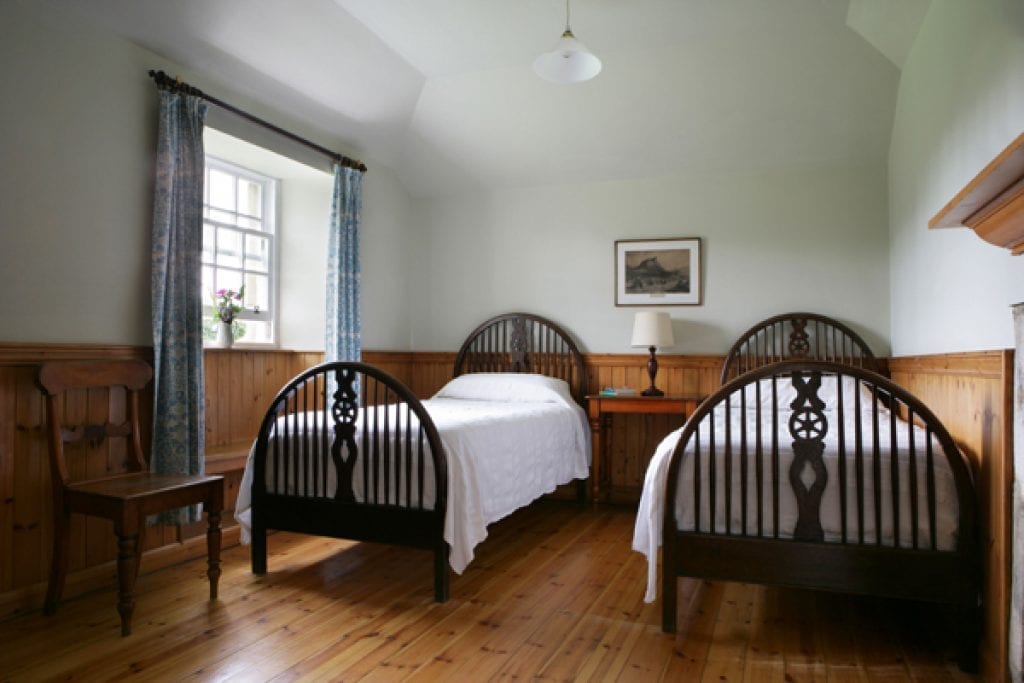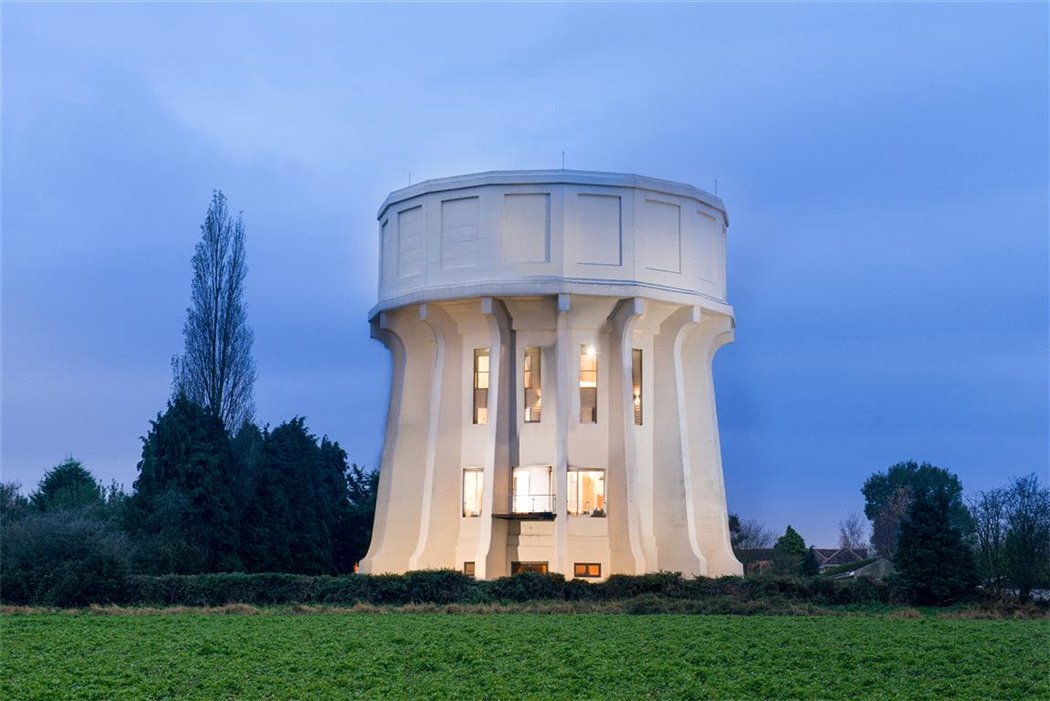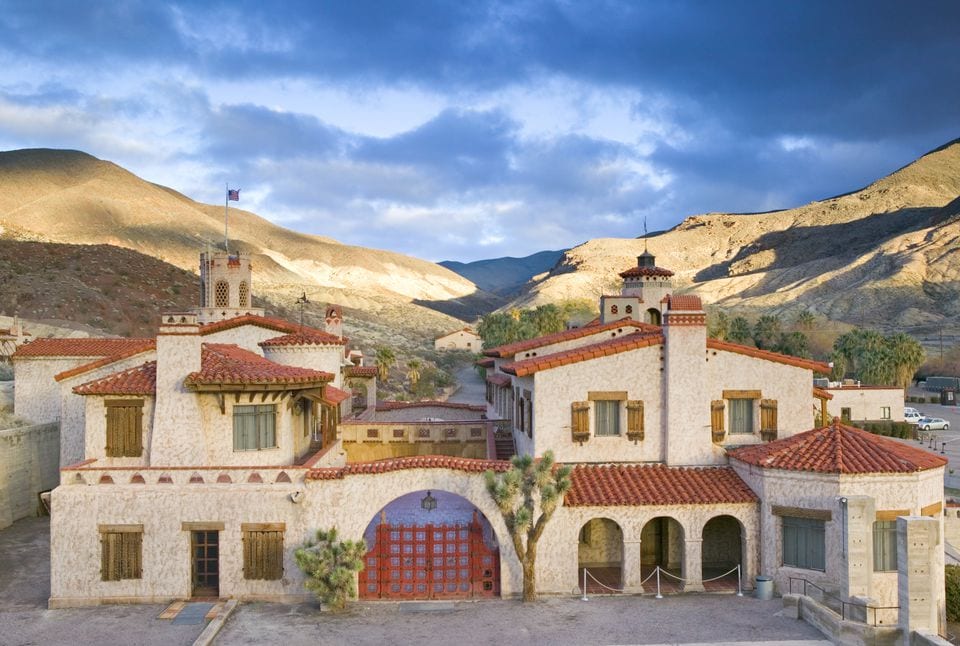The Dunmore Pineapple is a two-story property built for the 4th Earl of Dunmore. Located in Dunmore Park in Airth, Scotland, the home is considered the “most bizarre in Scotland”.

THE HISTORY OF THE DUNMORE PINEAPPLE
Dunmore Park is the ancestral home of the Earls of Dunmore. The grounds included a large country mansion, Dunmore House, and two walled gardens.
The “Dunmore Pineapple” was built in 1761 by the Earl (John Murray) as a present for his wife Charlotte. The property took the form of a summerhouse from which to view the walled gardens of Dunmore Park, the family estate.

Dunmore House as it once looked.
Pineapples had been discovered in the Caribbean by Christopher Columbus in 1493. Over the following centuries had become rare and highly prized delicacies in Europe. Symbols of power, wealth and hospitality, they had increasingly come to be used by architects to decorate gateways, door lintels and other detailed features on their buildings.
However, when the property was first built in 1761, it didn’t feature the pineapple that has now made the house so well known around Scotland.
Sometime after the property was built, John Murray, the 4th Earl of Dunmore, left his ancestral home in Scotland for the Colony of Virginia just on the cusp of the American Revolution, where he became known primarily for his lack of diplomatic skill. He returned to Scotland in July 1776 as the last British Governor of Virginia.

John Murray, 4th Earl of Dunmore.
It wasn’t until 1777, the year after the return of John Murray, that the pineapple was added to the summer house. Returning sailors of the time often placed a pineapple, the exotic proof of distant travels, on a gatepost to announce their return from abroad. This was John’s announcement that he had returned.
THE HISTORY OF DUNMORE PINEAPPLE
After remaining in the family for centuries, in 1970 Dunmore Estate was broken up and sold in lots. One lot, called the “Pineapple Lot”, included the folly and the large walled garden, along with some woodlands and a small lake. The lot was purchased by the Countess of Perth.
The main house (Dunmore House) didn’t sell, it was left abandoned and has since fallen into ruin.

Dunmore House is a now a derelict shell. Nobody has lived in the property for over 50 years.
In 1974 Dunmore Pineapple was given to the National Trust for Scotland. The “Pineapple Lot” was then leased to the Landmark Trust, who restored the building. By this time the property had fallen into disrepair.

The property as it looked before restoration, having been neglected for many years.
THE PINEAPPLE
The pineapple is around 14 meters (46 ft) high and constitutes a stunning example of stonemasonry. Creating a remarkably accurate depiction of a pineapple.
Each of the curving stone leaves is separately drained to prevent frost damage. Stiff serrated edges of the lowest and topmost leaves and the plum berry-like fruits are all cunningly graded so that water cannot accumulate anywhere, ensuring that frozen trapped water cannot damage the delicate stonework.

Despite the high quality work, it’s not known who the architect was who created the pineapple. It is however often attributed to Sir William Chambers, who designed similar structures at Kew Gardens, London.
THE HOUSE TODAY
Since the property was taken over and restored by the Landmark Trust, the home has been used as a holiday rental. A four-night stay will set you back between £500 and £1100 depending on the time of year.
The home also receives a lot of tourism from the general public looking to get a photo of Scotland’s most bizarre building.






The room under the pineapple.
If you think a Pineapple is a strange thing to have on top of your house, then check out the Headington Shark House.




